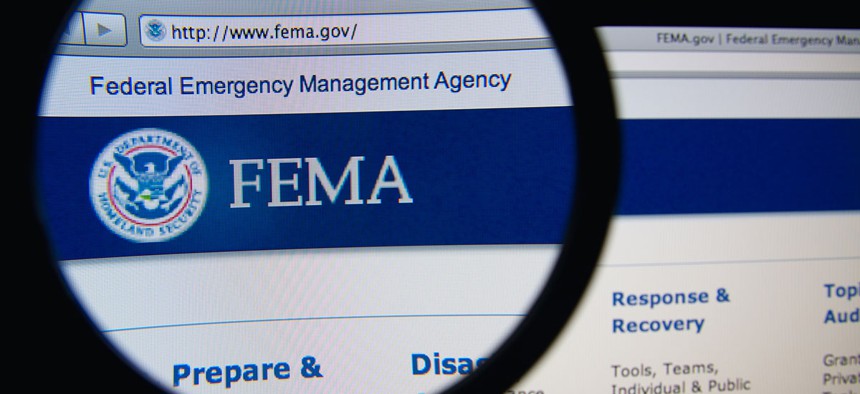After Harvey Took Out Communications, FEMA Set Up Its Own

Gil C/Shutterstock.com
The agency’s D.C.-based command center keeps feds on the same page in the wake of the storm.
Hurricane Harvey knocked chunks of Texas and Louisiana off the grid, but the Federal Emergency Management Agency’s in-house communication systems have kept federal rescue and recovery efforts up and running.
As the storm closed in on the Texas coast Friday, FEMA converted part of its Washington, D.C., headquarters into a command center where agencies involved in the Harvey response can manage teams in the field around the clock. Functioning as the nerve center, the National Response Coordination Center gives representatives from the U.S. Coast Guard, American Red Cross, Housing and Urban Development, Health and Human Services and Defense departments and other agencies the opportunity to collaborate and manage operations on the ground.
Rumors and bad information can spread rapidly after a disaster takes an area off the grid, so housing everyone at a central base keeps them on the same page and gives them a holistic view of the current situation, a FEMA spokesperson told Nextgov.
» Get the best federal technology news and ideas delivered right to your inbox. Sign up here.
But understanding that situation isn’t easy: Harvey put cell towers, 911 call centers and radio stations across the region out of commission. Disrupted networks have left more than 250,000 people without phone, TV or internet access, according to the Federal Communications Commission, and made it more difficult to coordinate the tens of thousands of federal, state and local responders in the field.
To connect responders with the NRCC and others on the ground, FEMA deployed more than two dozen mobile communication office vehicles that act as operational hubs for the area. The satellite-connected trucks are outfitted with workspaces for FEMA employees and support responders who may otherwise be off the grid with voice, video and data networks. Harvey victims also can apply for federal assistance at the mobile stations.
The fleet is part of FEMA’s larger Mobile Emergency Response Support detachment, which also provides drinkable water, electricity, fuel and other crucial resources to disaster areas. As of Wednesday, 25 mobile offices and 22 MERS teams were active in the field, a FEMA spokesperson told Nextgov. The agency expects to send in more units as the situation changes.
The agency is also working with the Homeland Security Department and telecom companies to troubleshoot and restore communications services in Louisiana and Texas, FEMA told Nextgov.






